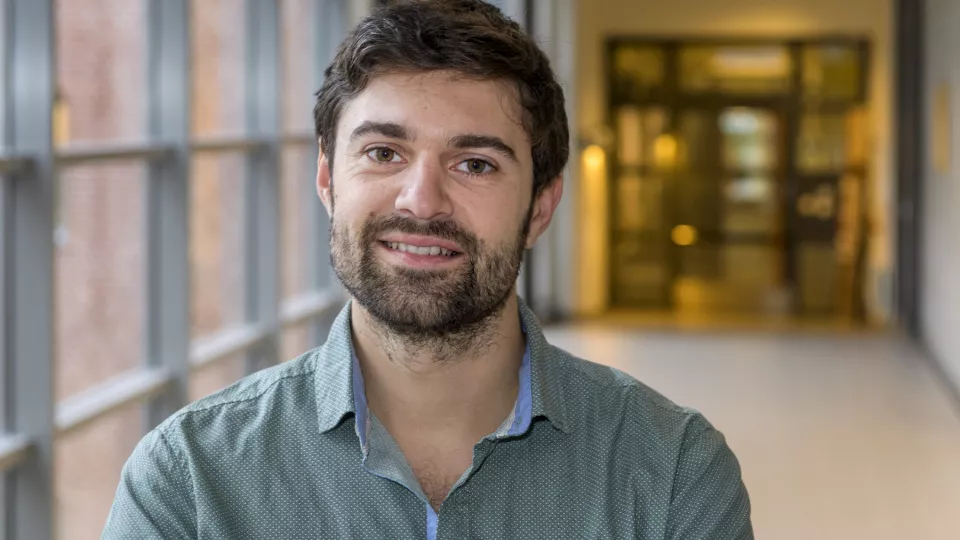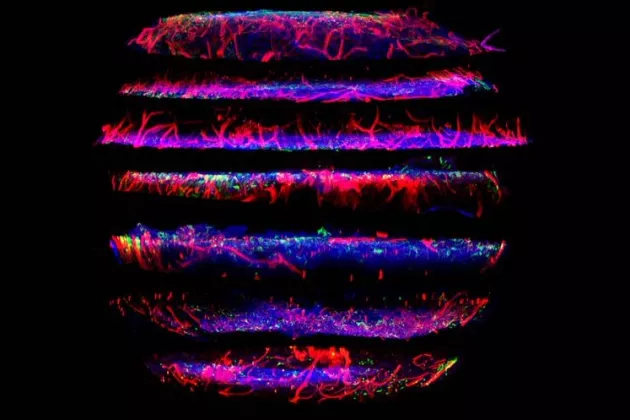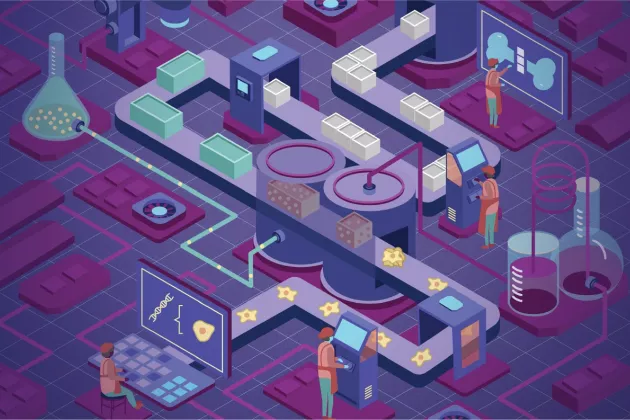Paul Bourgine is a research group leader and associate senior lecturer in Molecular Skeletal Biology at the Wallenberg Centre for Molecular Medicine and Lund Stem Cell Center, Lund University. He received an ERC Starting Grant in 2020 and has now been awarded an ERC Proof of Concept, consisting of EUR 150,000 for the innovation and research project “Development of patient “Ossicle” for the personalized modelling of bone-developing cancers and therapeutic testing.”
Our bones consist in a privilege site for cancer development. As such, blood diseases (leukaemia) starts in the bone marrow and many types of solid cancer, such as prostate or breast cancer, can also spread to the bones at a later stage. Treating cancer is complex, partly because of our limited understanding of the disease mechanisms but also because of the important cancer diversity, leading to huge variability in response to therapies from patient to patient. It is thus essential to develop advanced cancer models, capable of reflecting each patient condition.
“We have developed a technology that allows us to form miniaturized human bones, offering a new model for studying leukemia that emerge in the bone marrow or solid tumors that later spread to the bones upon metastasis. Just like our own bones, these mini-bones contain bone marrow and have a similar structure and function. Importantly, they are composed of the patient own cells, thus mimicking the patient disease condition. The objective is to exploit them to test which therapy or drug is most effective,” says Paul Bourgine, researcher at the Wallenberg Centre for Molecular Medicine and Lund Stem Cell Center, Lund University.
These human mini-bones are called “ossicles”, a term that literally means “little bones”. To engineer these bones, researchers take cells from a patient and mix them with a special biological gel:
“OssiGel is a biological substance produced in our laboratory that allows bones to form when human cells are exposed to it. We hope our human ossicle model can be used as a preclinical platform for drug testing, towards the development of personalised treatment against cancer,” concludes Paul Bourgine.




